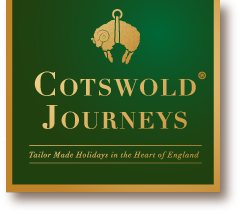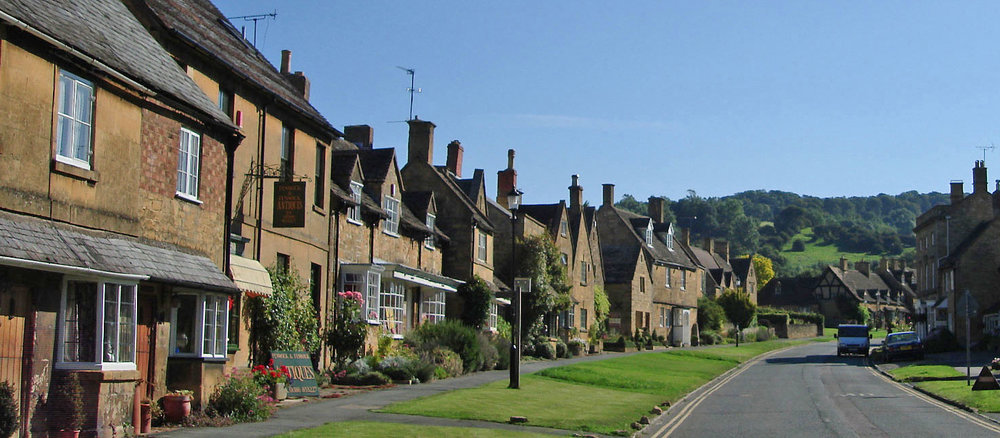The New Pool or Cartwash, the depression in the verge opposite the Almshouses, was made in the early 1830s to replace the water splash that had existed for centuries at the junction of High Street, Leasebourne, and Church Street, where the Scuttle Brook had flowed over the road. All passing vehicles or animals would have run through it and this, together with waste from the nearby cottages, rendered the brook highly unsanitary. The vicar of the time, the Reverend Leland Noel, led the move to cover the brook, fill in the Town Pool, and build a well and pump in its place to provide a safer water supply. For the farmers and merchants who had used the Town Pool to wash the mud from their cartwheels before entering the High Street and to soak the wooden wheels in dry weather to prevent the wood from shrinking, this was a major inconvenience. The new cartwash was constructed as a result. Beside the cartwash is the Court Barn, a museum in a former agricultural barn, presumably once attached to the former Campden House, which celebrates the skills and legacy of the artists, designers, and craftsmen who have worked around Campden since the Arts & Crafts Movement. Regular events and exhibitions are held here.
The Alms Houses
The Alms Houses were built in 1612 for £1000 by Sir Baptist Hicks in the form of a capital ‘I’ and their simple style shows the early influence in Britain of the Renaissance. Hicks settled £140 a year on the almshouses forever and also bequeathed £500 to the poor of the town. They were and still are used as the homes of twelve pensioners. Each dwelling has an upper and lower room and each front door is shared by two houses. Sir Baptist Hicks’s coat of arms and motto “NON DVM METAM”, meaning ‘I have yet to gain my objective’, is to be seen there.


0 Comments